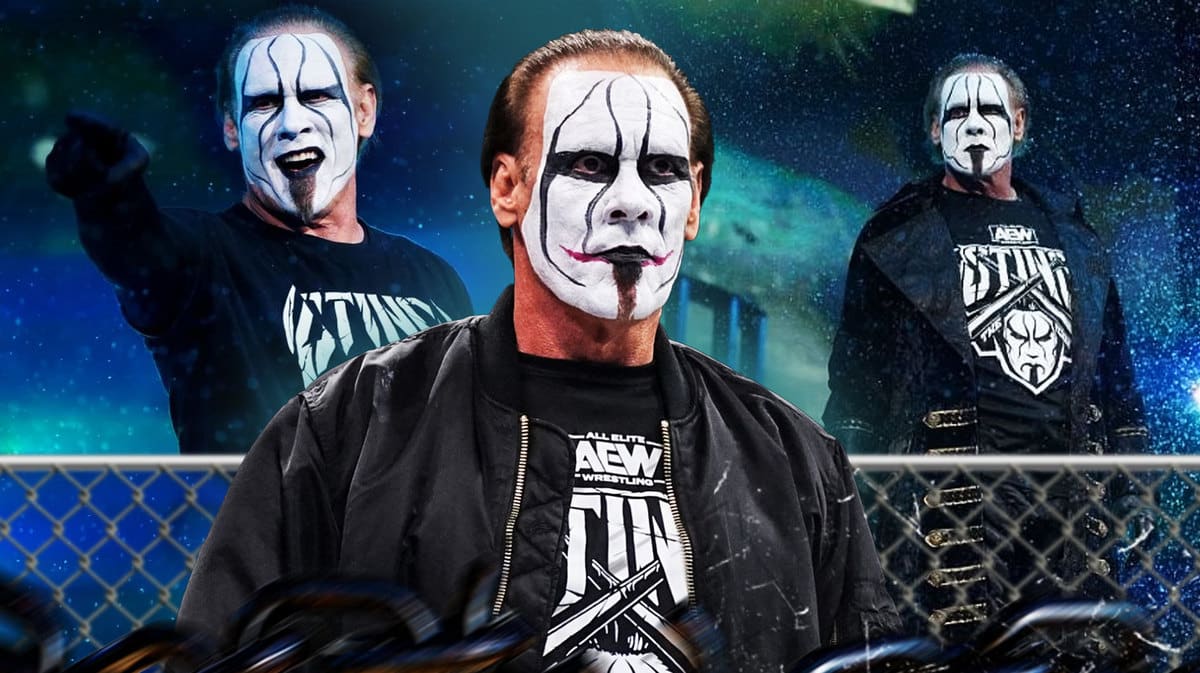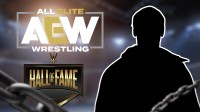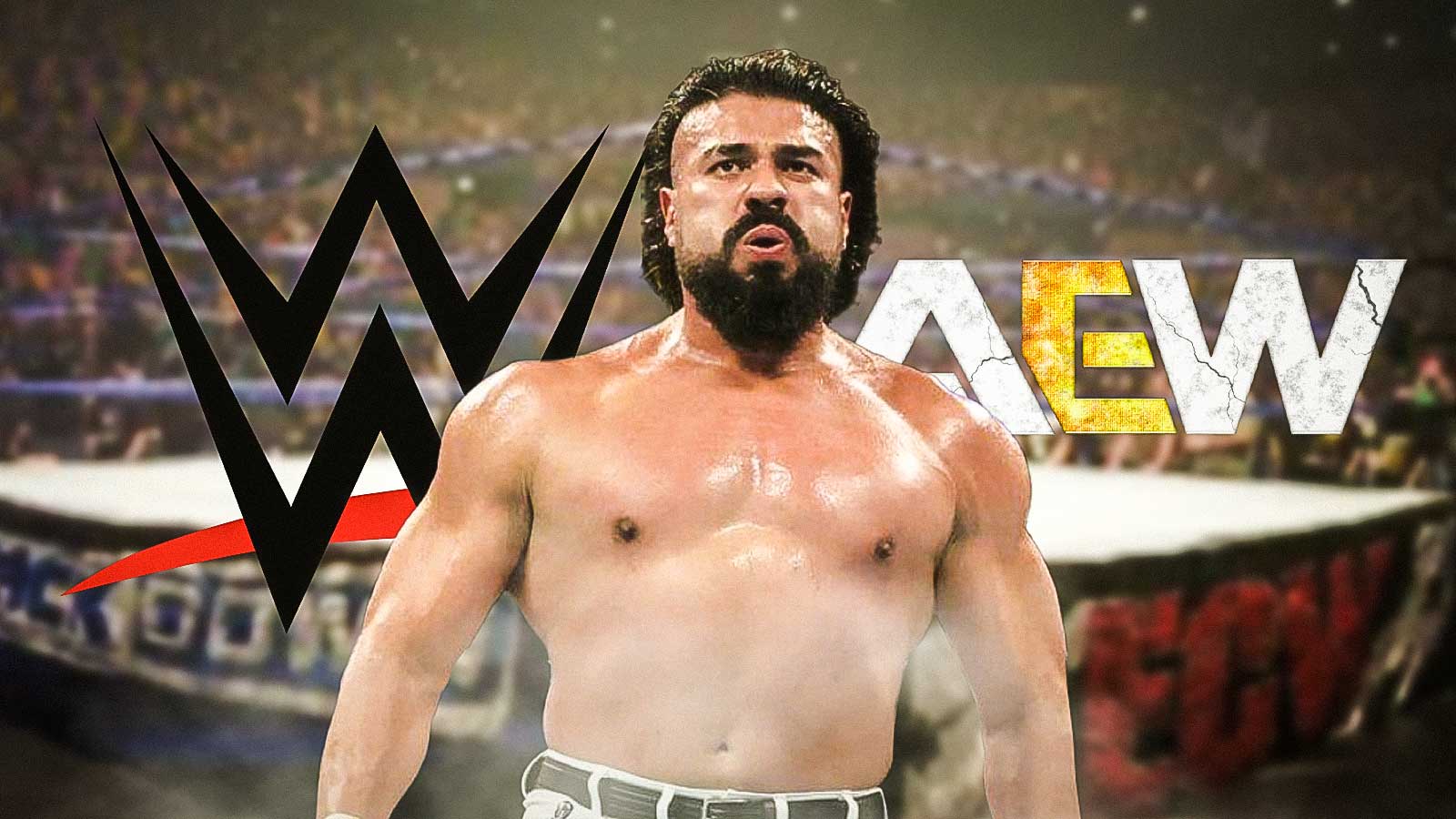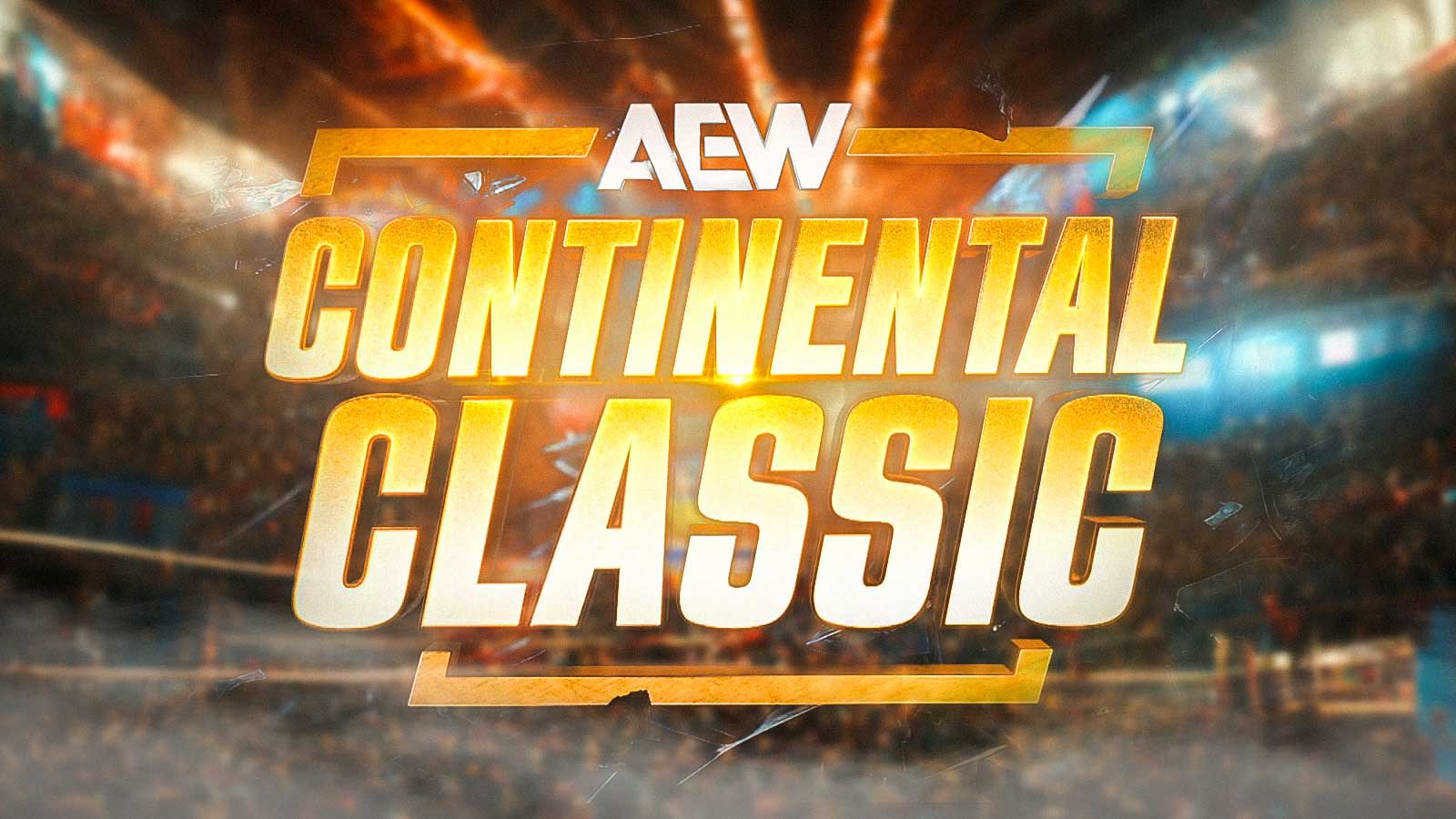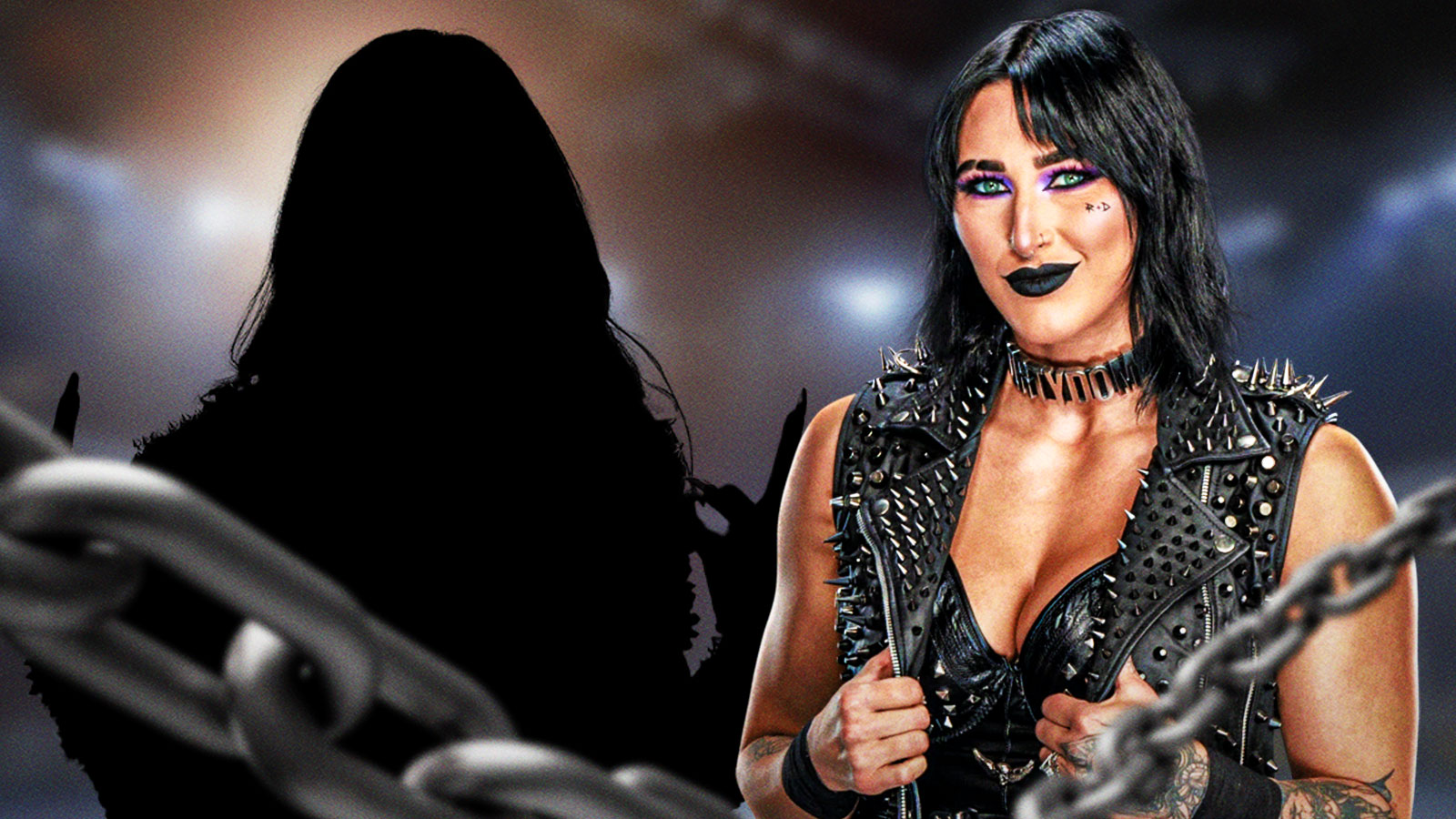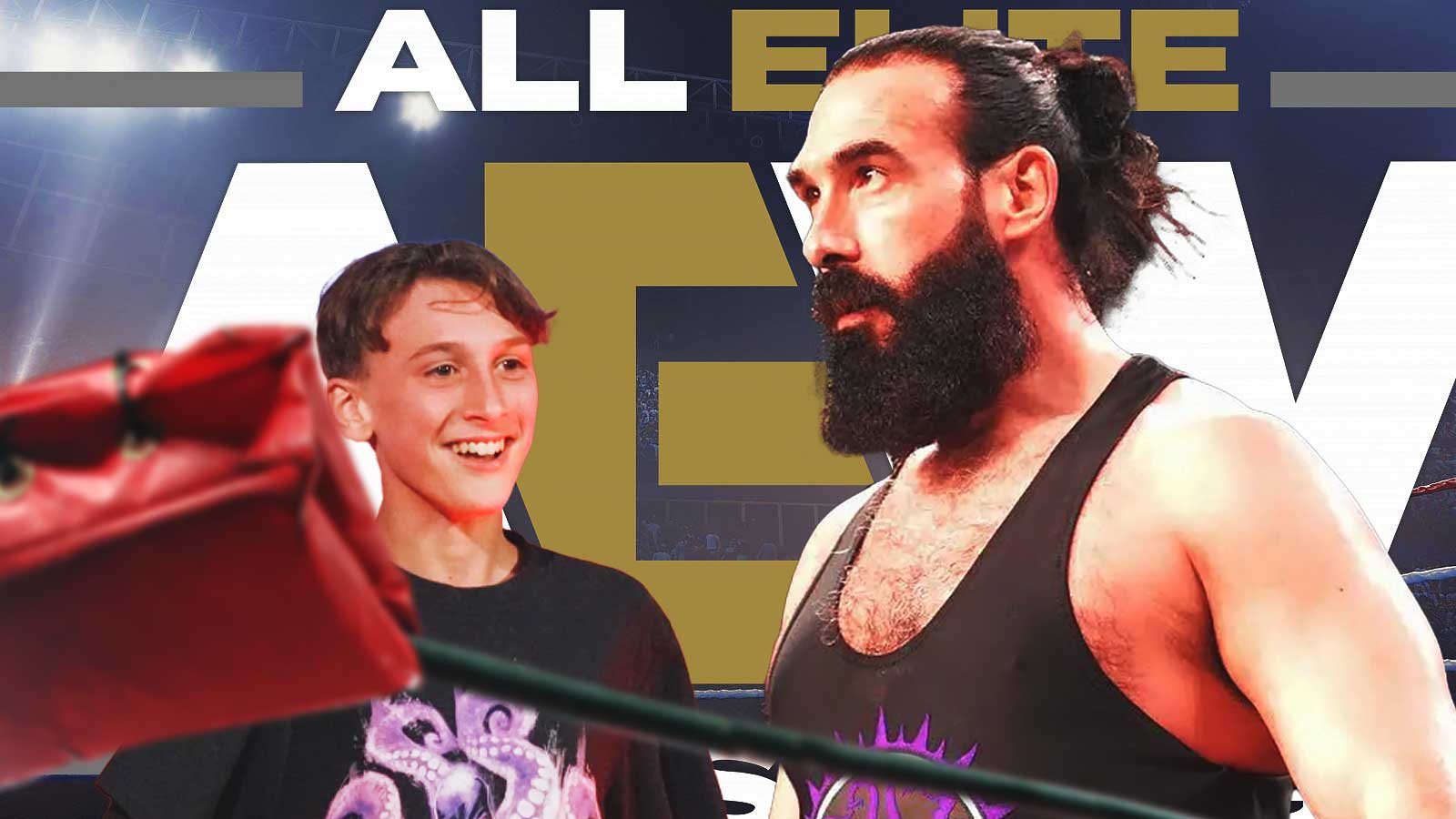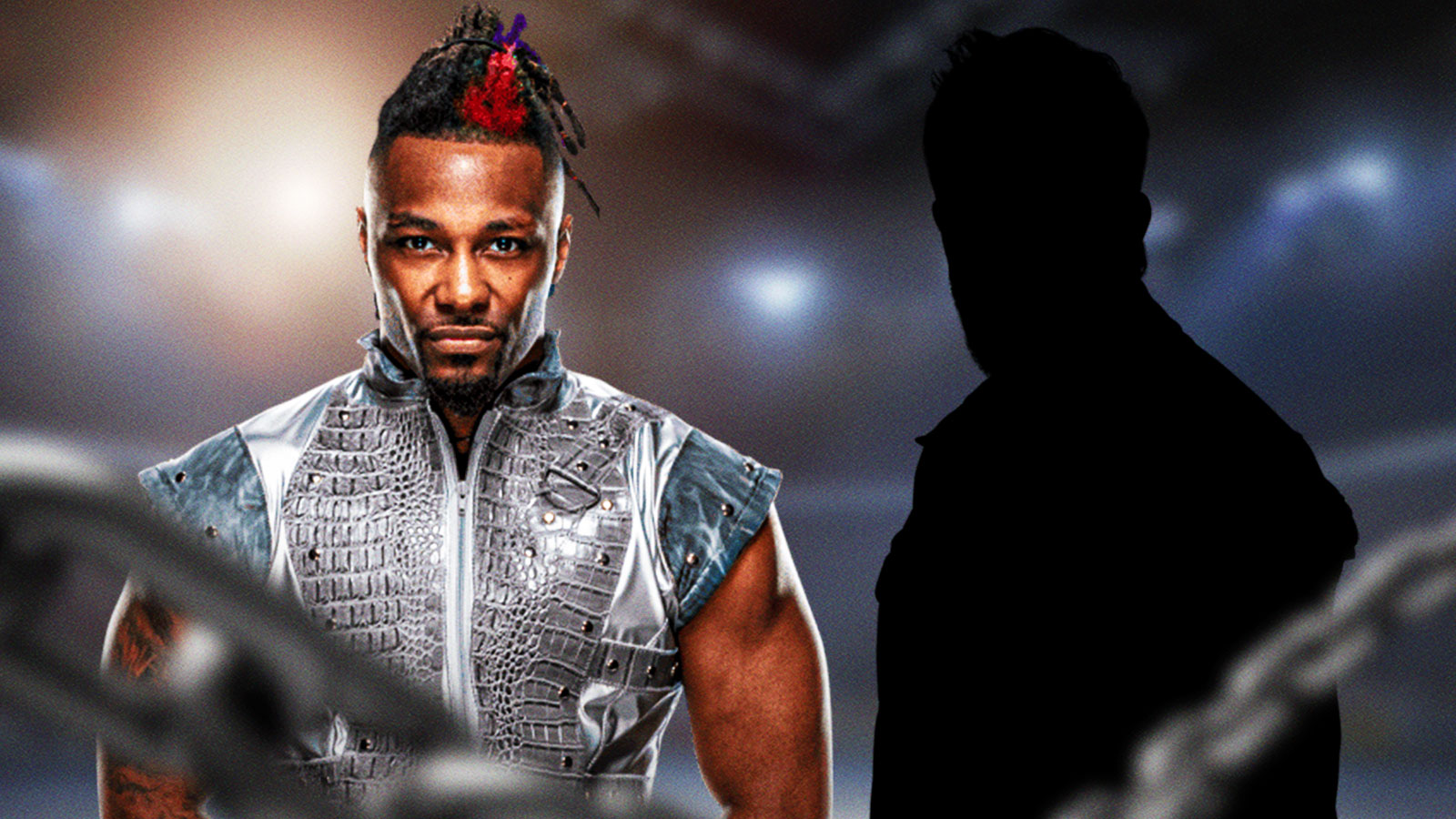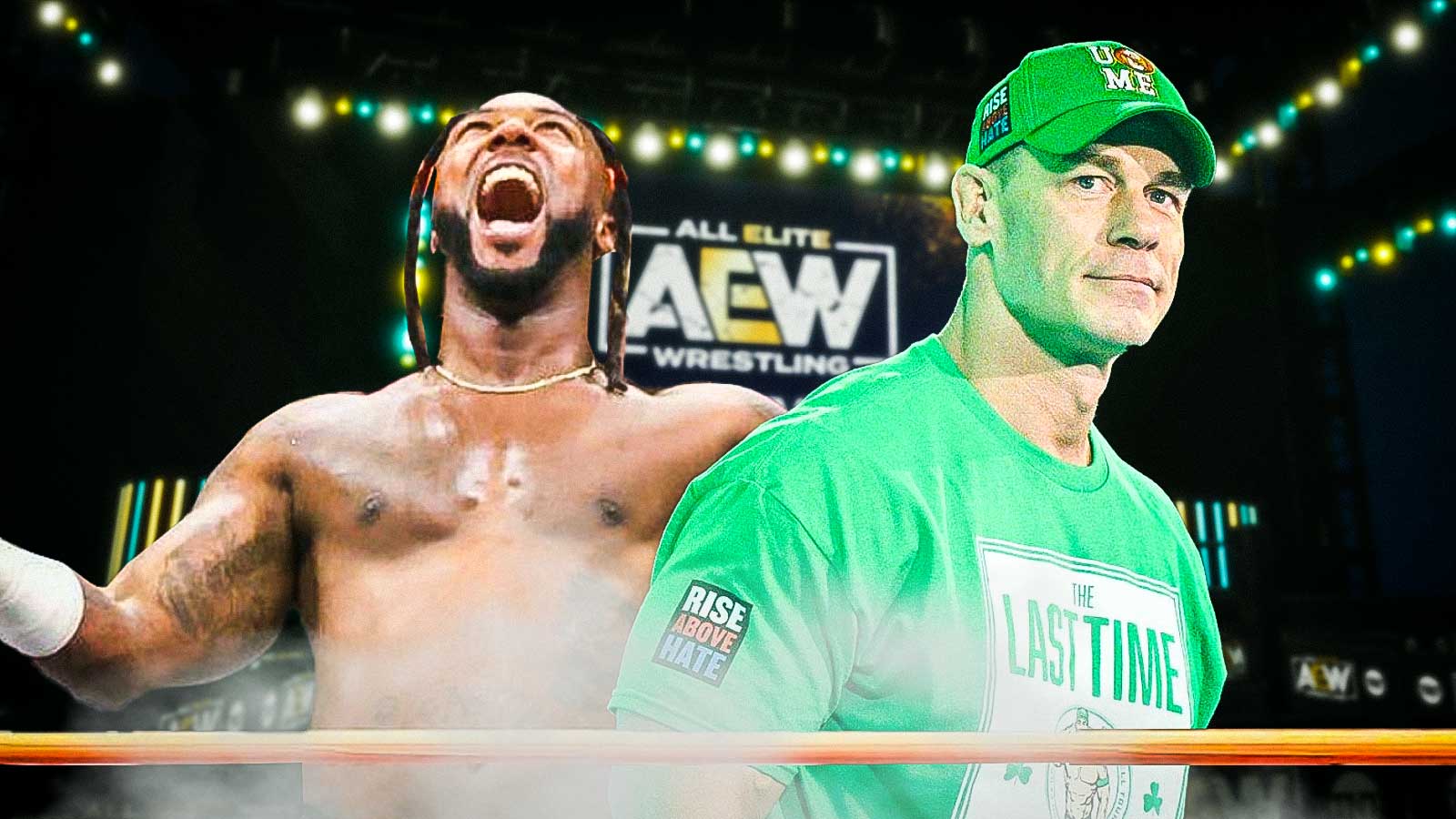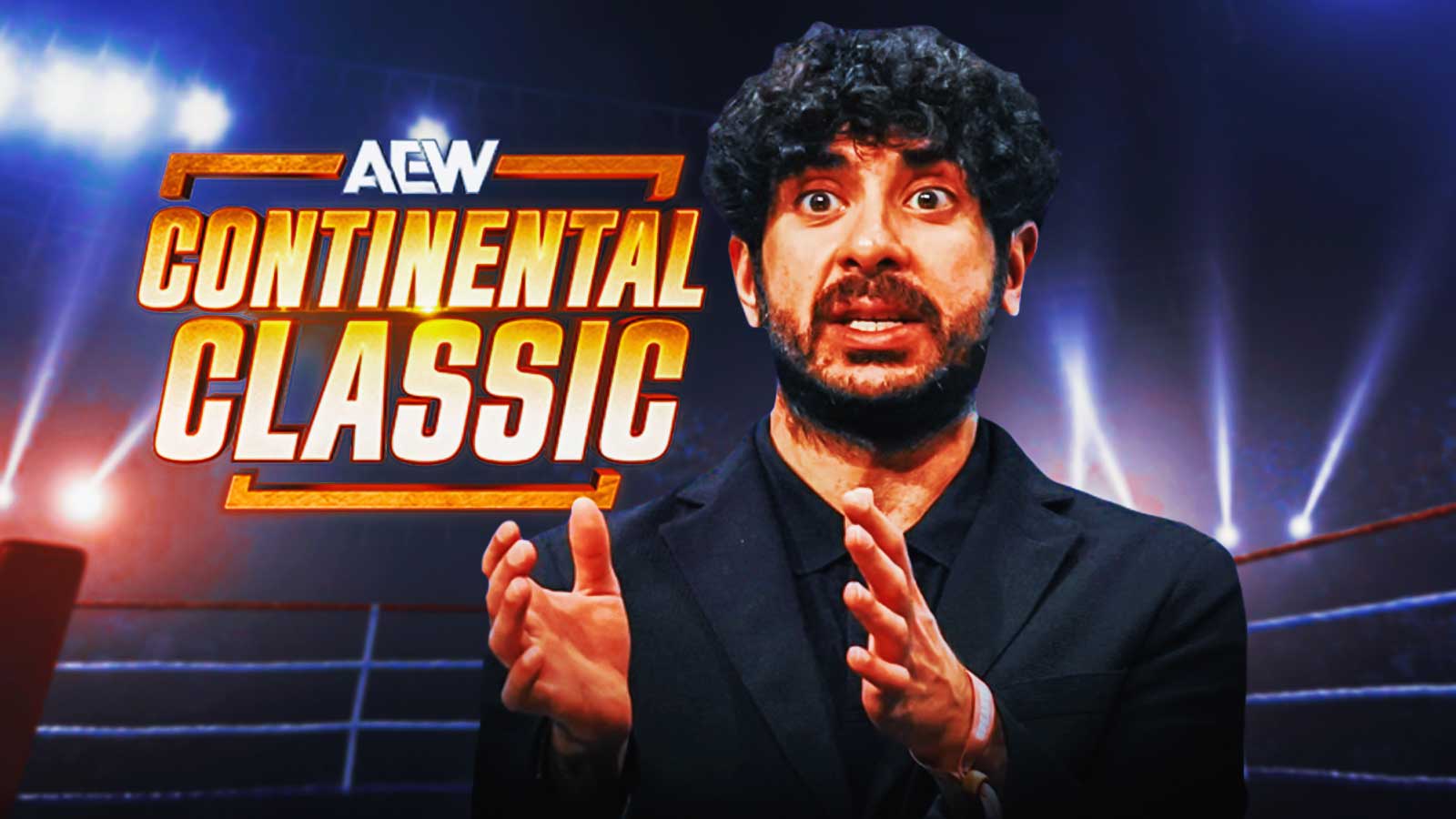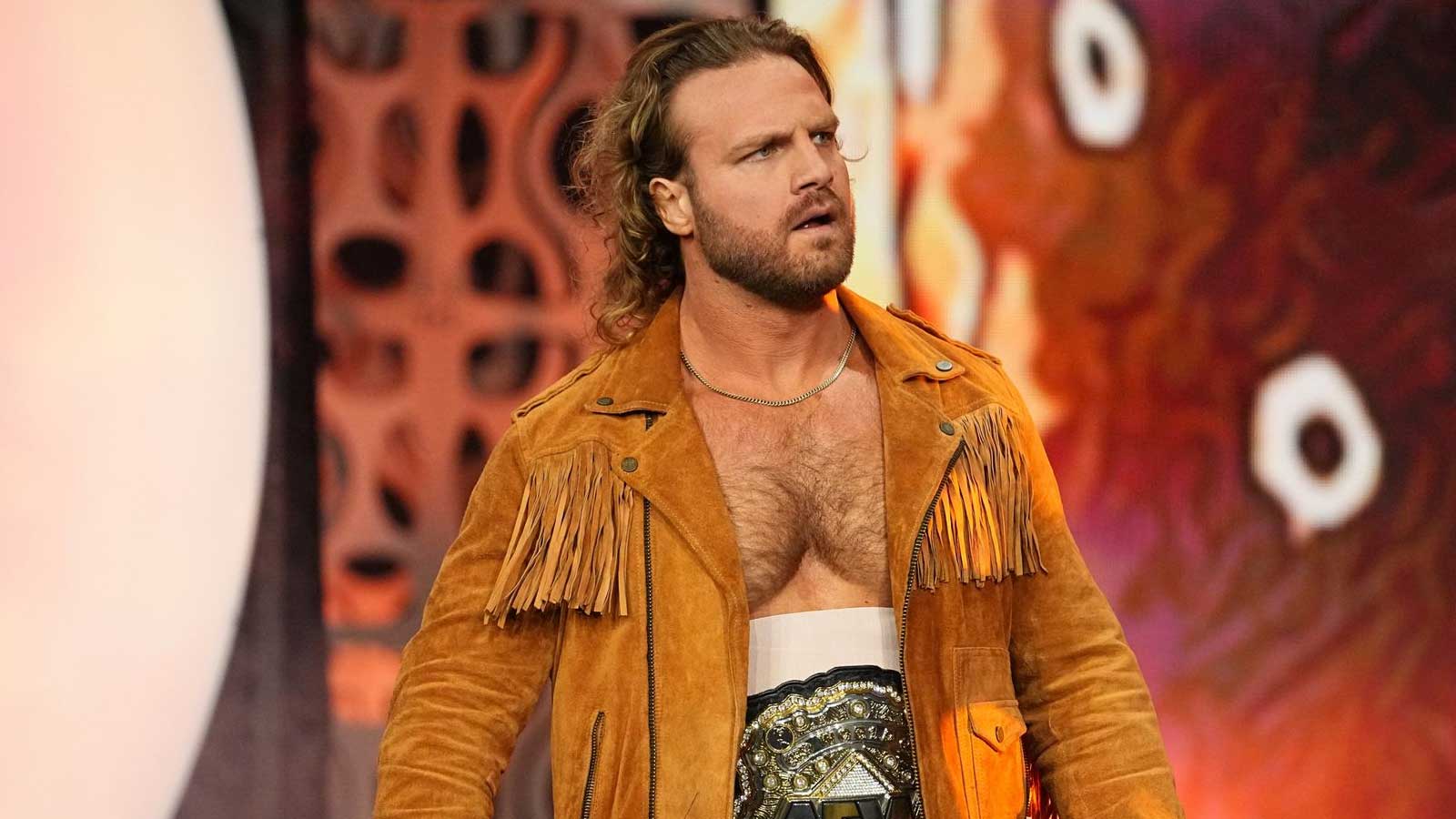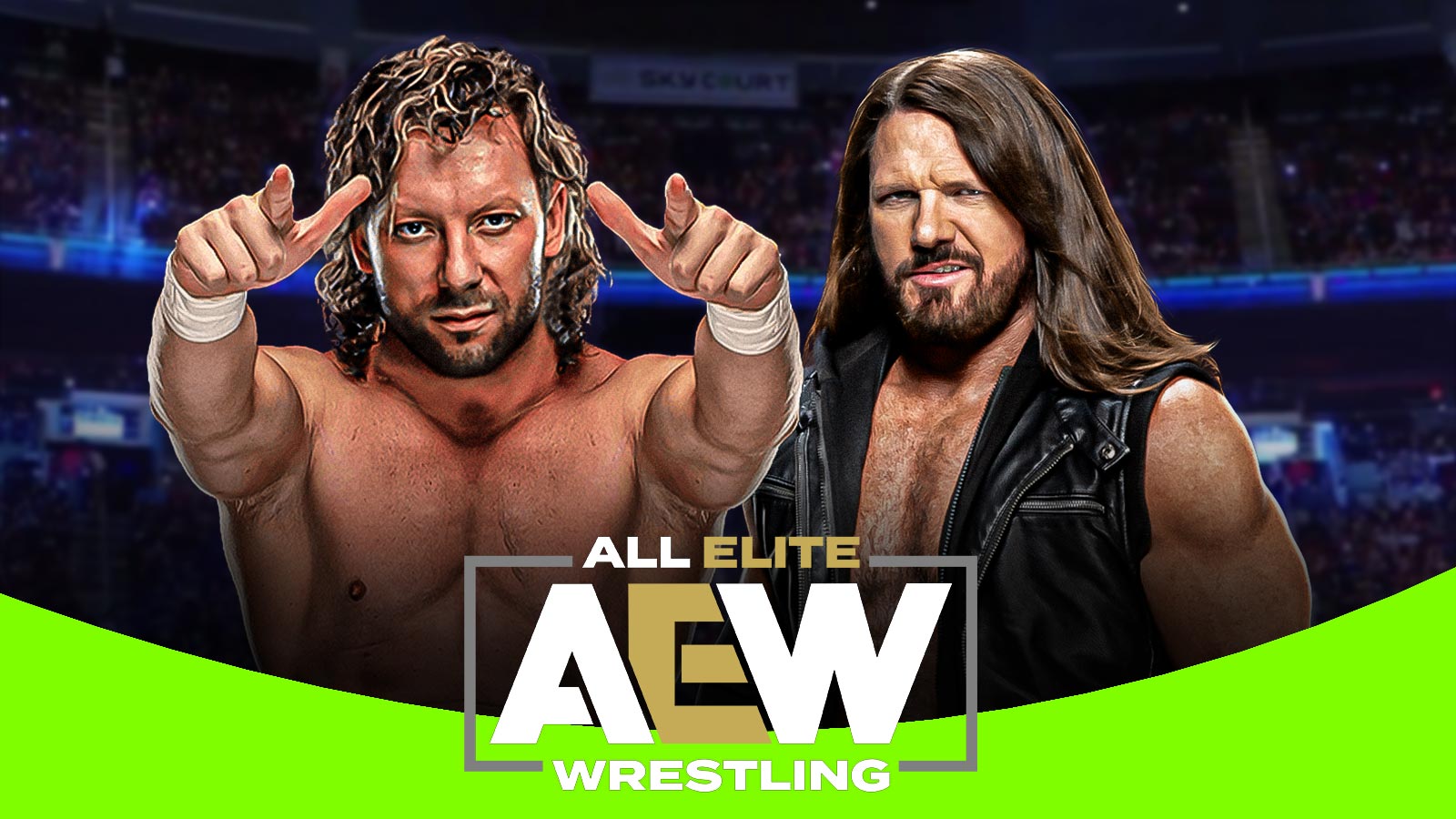For all the criticism AEW receives, they sometimes get it right. And nearly everything they did with Sting was done the right way, including his final match at Revolution.
When the face-painted wrestler debuted in AEW in December 2020, it felt like the typical secondary wrestling company grasping at the hand-me-downs of WWE or even the relics of WCW. After all, what use was a 60-plus-year-old wrestler, especially in the diverse, high-driven, high-octane wrestling of the 2020s? For Tony Khan and AEW, Sting seemed like another name to add to their roster to drive ratings, pulling on the heartstrings of nostalgia from older wrestling fans.
Sting's time in AEW is one of the most successful of his entire career
For whatever reason, Sting worked in AEW. And I don't mean just his character coming off successful. No, I mean he actually worked matches. Quite a few of them, as a matter of fact. And most of them were quite memorable, albeit as a tag team wrestler with Darby Allin.
Khan decided to use Sting in ways in which most veterans should want to be used and most promoters should want to use them. That is, in building up and supporting other talent. And yet, he was still incredibly over and not seen as the aging wrestler holding on for that one more match.
Let's face it, as much as any wrestling fan never wants to see their favorite wrestlers retire, the aging wrestler, while they can last the longest out of any major profession that involves athleticism, they are also the ones that often times shouldn't extend their stays. After years of wear and tear on their bodies, they naturally are slower, and can do way less of what typically made them famous in their heyday.
But quickly, Sting made himself the exception to the rule, and at 60-plus, proved any doubters wrong by making the most out of his four years in AEW and the final years of his career, going as far as becoming half of the AEW Tag Team Champions with Allin. Really, The Man Called Sting had been doing that even going back to his time with WWE.
Sting made the aging wrestler work better than any
When Sting arrived in WWE for the first time back at the 2014 Survivor Series, he was 55 years old. Similar to when he debuted with AEW, most felt this was way past due, and it was. But Sting still made it work probably better than anyone else who has ever tried to wrestle at his age, whether that be The Undertaker, Ric Flair or Goldberg. He was able to hang with the likes of Triple H and even better, Seth Rollins. His matches, his style, and his appearances all remained intriguing and more importantly entertaining. He never looked out of place or even irrelevant while in the ring.
Was it the run that everyone wanted from the Stinger? No. That may have been merely because no one got what is now considered the ultimate dream match to never be in Sting versus The Undertaker. Or it could have been Sting's one and only WrestleMania match, he lost to Triple H, the current chief content officer (CCO) of the WWE. Either way, no one faulted Sting for this; he's always been and perhaps always will be the babyface, in-ring or out.
What is Sting's legacy?
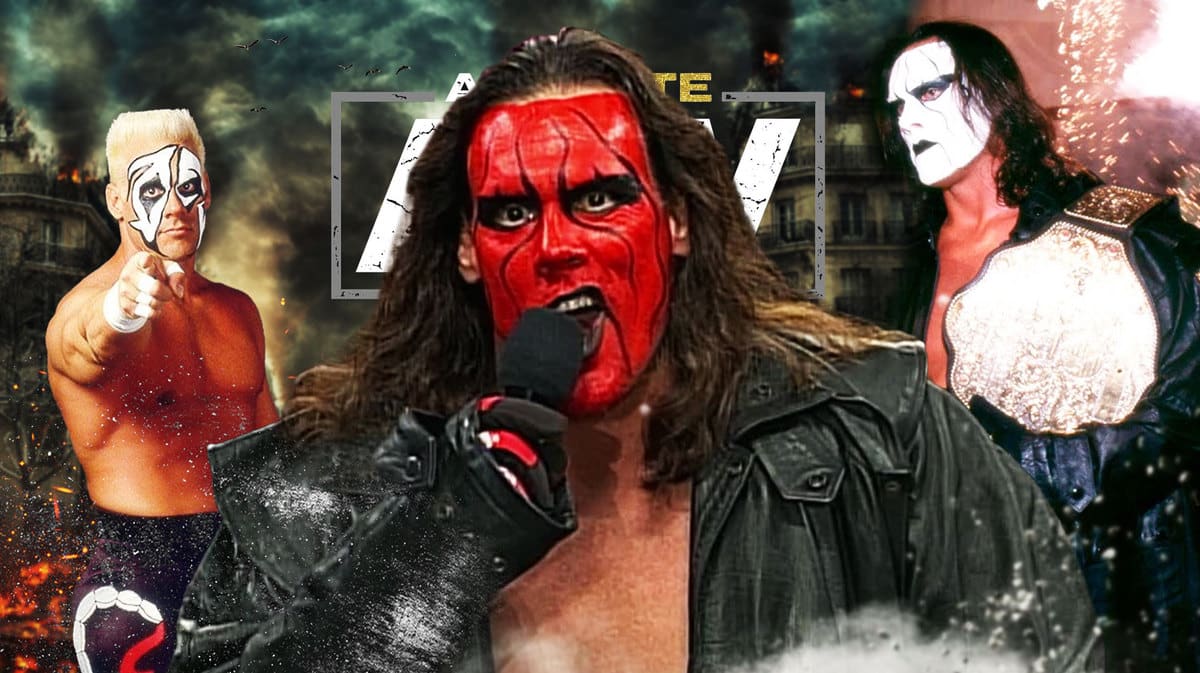
At 64 years old, one of, honestly, the most underappreciated talents in professional wrestling is calling it quits. I say underappreciated because Sting never got the attention he truly deserved because of his loyalty to WCW and Crockett Promotions prior.
While WWE was becoming a global phenomenon, Sting was being left behind in the much smaller, regional company. He was still a star, but not as big of one as he could have been under the banner of Vince McMahon and WWE. His loyalty, most would argue, is his legacy, and that he was the one guy that was loyal to a fault and found his niche and stardom without the WWE. His final match, though, the one he waited until he was in his mid-60s to have, tells a different story.
Sting did things differently, yes. But he also did things better at a longer tenure than anyone else. In the swan song of his career he approached things by the design in which the wrestling business was intended for, that is he went out by helping make the future, using himself as either a launching point or improvement for others' careers. He may not have gone out by “doing the honors,” but his finale was perhaps better spent than any other, leaving an indelible mark that others should look to replicate in the future.

